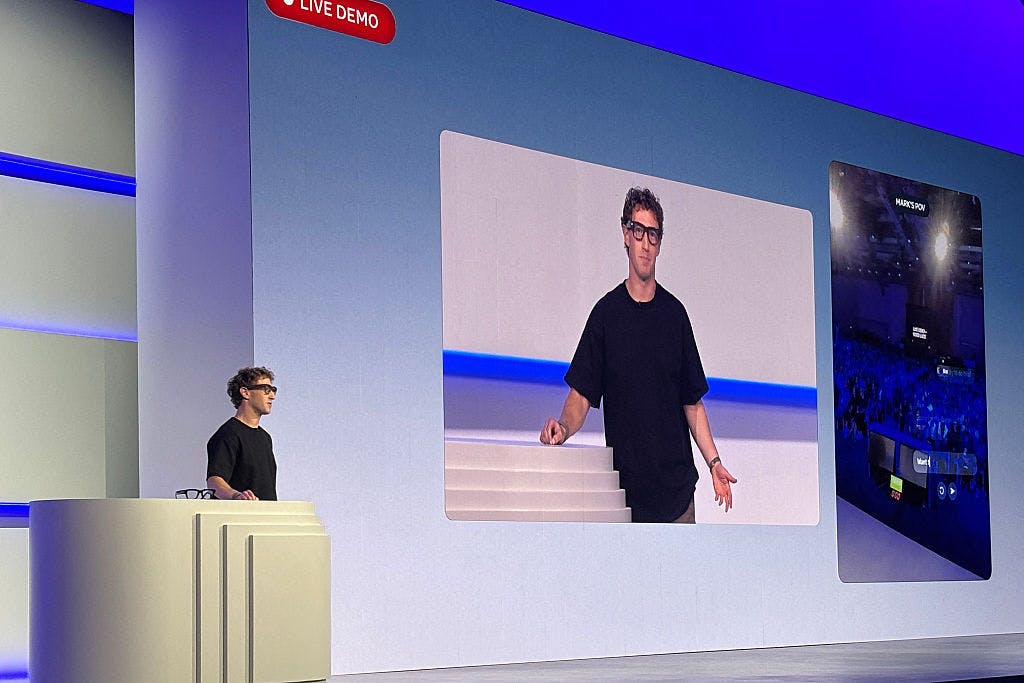Meta's Risk Division Faces Tech-Driven Job Cuts
Meta has informed employees in its risk division that their roles will be replaced by technology, according to an internal memo from Chief Compliance and Privacy Officer Michel Protti. This division is responsible for ensuring regulatory and policy compliance across the company.
"By moving from bespoke, manual reviews to a more consistent and automated process, we've been able to deliver more accurate and reliable compliance outcomes across Meta," Protti explained to workers. "As a result, we don't need as many roles in some areas as we once did."
Following AI Team Restructuring
These latest job cuts come immediately after Meta laid off 600 employees across its AI team in another company reorganization. This restructuring is part of Meta's ongoing efforts to improve its flagship AI model, Llama 4.
Meta joins a growing list of tech companies that are using AI to save money on human labor. The company is demonstrating how automation can directly replace human workers in critical compliance functions.
Zuckerberg's Superintelligence Team
Meanwhile, Mark Zuckerberg has been building a new "superintelligence" team composed of AI all-stars recruited from across the industry. These top researchers have been attracted with nine-figure pay packages and promises of nearly limitless computing resources.
This influx of new talent, poached from competitors like OpenAI, Apple, Google, and DeepMind, has created significant internal tension within Meta. The company already maintained a prestigious AI team known as FAIR, led by neural networks pioneer Yann LeCun.
The new recruits were assigned to a team named "TBD" and, according to reports, will not be affected by the current round of layoffs.
Ongoing Restructuring Challenges
Since hiring Alexandr Wang from Scale AI to lead this high-profile team, Meta has undergone several rounds of restructuring that have disrupted existing AI talent. Many long-time Meta AI researchers are now learning they've lost their jobs as the company shifts its focus toward the new superintelligence initiative.
This pattern of replacing established teams with new, high-profile hires while automating other functions represents a significant shift in how major tech companies are approaching workforce management and AI development.



Comments
Join Our Community
Sign up to share your thoughts, engage with others, and become part of our growing community.
No comments yet
Be the first to share your thoughts and start the conversation!